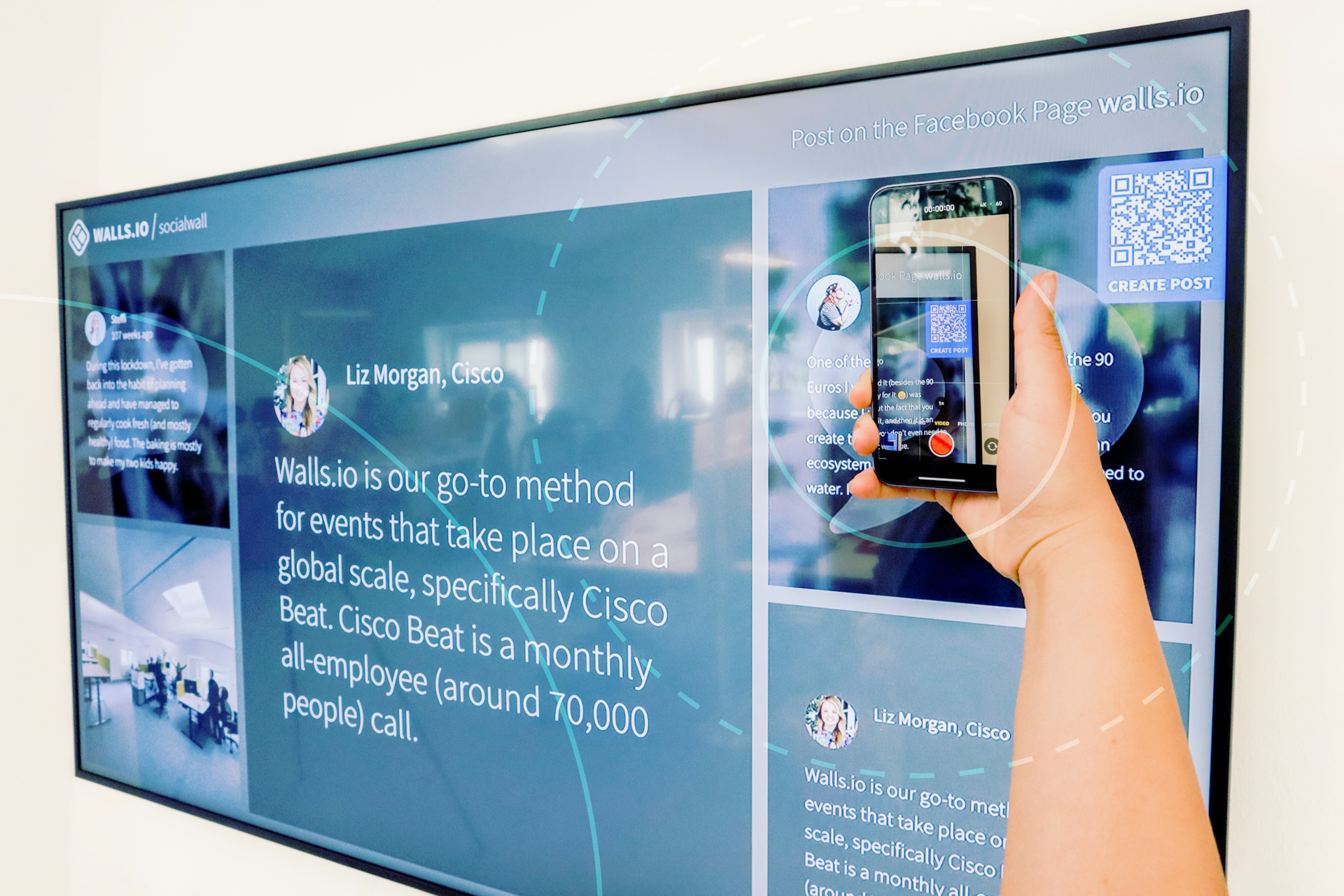Find the ideal digital marketing channels to optimize your next campaign in this essential guide.
Find the perfect home for your digital marketing efforts
Navigating digital marketing demands a strategic selection of channels that resonate with today's dynamic consumer landscape. From the precision of search engine marketing to the visual allure of social media, each channel plays a crucial role in amplifying brand reach and engagement.
Using the best channels for digital marketers can elevate campaigns, foster connections with audiences, and ultimately drive impactful results in an ever-evolving landscape.
Ready to learn more? Dig deeper with Digital Marketing: The Complete Guide.
Top Digital Marketing Channels
From social media to email marketing, the top digital marketing channels are an essential part of modern marketing strategies. Let's explore the most effective channels businesses can use to connect with customers and drive engagement and conversions.
SEO
An effective SEO strategy may include a mix of local SEO and enterprise SEO that targets keywords to increase visibility. Local SEO is crucial for businesses targeting local customers, as it helps to improve visibility in local search results. On the other hand, enterprise SEO is essential for larger companies with multiple locations, as it ensures consistent and optimized content across all platforms.
A strong SEO strategy allows businesses to rank higher in search engine results and gain more exposure to potential customers. This increased visibility can lead to an influx of qualified leads, as the business is more likely to be found by people searching for products or services related to its industry.
These strategies are built on targeted keywords. By incorporating the right keywords into website content, businesses can attract the right audience and increase their chances of converting visitors into customers.
Pay-Per-Click
With PPC advertising, businesses can bid on specific keywords to have their ads appear in search engine results and only pay when a user clicks on their ad. This targeted approach allows businesses to reach potential customers actively searching for their products or services, increasing the likelihood of conversion.
The process of PPC advertising involves participating in automated auctions where advertisers bid on keywords, and the search engine determines the placement of ads based on bid amount and ad quality. Additionally, tracking performance metrics like click-through rates and conversion rates allows businesses to optimize their campaigns for better results.
When combined with SEO, PPC can dominate customer attention in search engine results pages (SERPs). By strategically using both PPC ads and organic search results, businesses can increase their visibility and capture more traffic and conversions. This synergy between PPC and SEO allows businesses to maximize their presence and impact on potential customers.
Social Media
Social media management is crucial for building brand awareness, engaging with audiences, and generating leads through targeted advertising. Regularly posting on social media helps to keep the brand top of mind for consumers and allows for consistent engagement with a wide audience. Responding to customer questions and comments promptly helps foster a positive relationship with the audience and can turn potential leads into loyal customers.
Using advertising on social media platforms allows businesses to expand their reach and target specific groups of users based on demographics, interests, and behaviors. This helps not only reach a wider audience but also generate leads.
Social media also provides businesses with the potential to connect with a vast audience and allows new customers to discover their brand through shared content. This shareability of content on social media can lead to increased brand visibility and reach, ultimately leading to greater engagement and potential leads.
Content Marketing
Content marketing is a critical strategic tool for business growth, as it involves creating and distributing valuable, relevant content to attract and engage a target audience. Content such as blog posts, videos, infographics, and ebooks can effectively showcase a business's expertise and provide value to potential customers. Distribution channels including social media, email, and SEO help reach and connect with the target audience.
Delivering value throughout the customer journey is crucial in content marketing, as it helps build trust and authority, ultimately leading to customer retention and advocacy. By complementing other digital marketing channels, content marketing can enhance the overall customer experience and strengthen brand positioning.
In terms of the marketing funnel, content marketing is effective at each stage: creating awareness with informative blog posts and engaging social media content, nurturing consideration with in-depth videos or case studies, and driving conversion with targeted email campaigns or well-crafted landing pages. Businesses can effectively drive growth and achieve their goals by strategically planning and executing content marketing efforts.
Email Marketing
Email marketing offers a high return on investment (ROI), making it a cost-effective way to reach and engage customers. It is a versatile channel that can be used for a variety of marketing objectives, including lead generation, revenue promotion, and customer retention. The ability to segment and personalize email campaigns makes it an effective tool for targeting specific audiences and delivering tailored messages.
Despite the rise of other digital marketing channels, email marketing remains effective and widely used due to its direct and personal nature. Businesses can use email to connect with customers on a one-to-one level, fostering a sense of loyalty and trust. It also allows for ongoing communication and relationship building, making it a valuable tool for staying top-of-mind with customers.
Trends and tactics in email marketing include personalization, mobile-friendliness, and standout email design:
- Personalization involves addressing recipients by name and delivering content tailored to their interests and behavior.
- Mobile-friendliness ensures that emails are accessible and engaging on smartphones and tablets.
- Standout email design focuses on creating visually appealing, easy-to-read layouts that capture attention and drive action.
Voice Search
Voice search optimization is essential for businesses looking to extend their SEO strategy and increase online visibility. To optimize for voice search, focus on earning featured snippets and using long-tail keywords.
Featured snippets are the concise answers that appear at the top of search engine results pages, making them prime real estate for voice search results. By providing valuable and relevant content that answers common questions related to your industry, you can increase your chances of earning a featured snippet for voice search queries.
Additionally, using long-tail keywords, which are longer and more specific search phrases, can help target users who use voice search to ask natural and conversational questions. These keywords can mimic the way people speak, making it easier for search engines to match your content with voice search queries.
CTV Advertising
The benefits of connected TV (CTV) advertising are significant. Video content displayed on the largest screen in the home is naturally more able to command attention. Furthermore, video marketing has been shown to lead to higher conversion rates, as videos can effectively communicate the value of your products or services and generate interest in your brand.
Platforms such as Vimeo and YouTube can host and share videos to optimize video content and reach an even larger audience. These platforms provide opportunities to reach new audiences and engage with your existing followers. Sharing video content on social media and your website can further expand the reach and impact of your CTV marketing strategy. By utilizing these platforms, you can effectively distribute your creative and engage with your audience across various channels.
How to Choose the Right Digital Marketing Channels
Choosing the right digital marketing channels for your business requires careful consideration of several key factors. First, it's important to assess your business needs and goals. Are you looking to increase brand awareness, generate leads, or drive sales?
Your industry also plays a significant role in determining the most effective channels. For example, visual platforms like Instagram and Pinterest may be more suitable for a fashion retailer, while a B2B company might benefit from LinkedIn and industry-specific websites.
Understanding your target audience is essential for selecting the right channels. If your audience is predominantly active on Instagram and YouTube, it makes sense to focus your efforts there. Budget and resources are also crucial considerations. Certain channels may require significant financial investment, while others can be effectively utilized with more modest budgets.
Ultimately, a comprehensive understanding of your business needs, industry, target audience, and budget will guide you in choosing the digital marketing channels that will deliver the best results.
Make tvScientific Your CTV Partner
tvScientific was co-founded by senior executives with deep roots in search, programmatic advertising, digital media, and ad verification. We think scientifically, and our results are driven by a belief in one, simple formula: Trust = Data x Transparency x Control.
With powerful attribution capabilities, real-time reporting, automated optimization, and built-in, always-on testing, we believe that tvScientific provides the most robust, transparent, tailored CTV advertising platform. Once you see it for yourself, we know you will too. Request a demo today.






